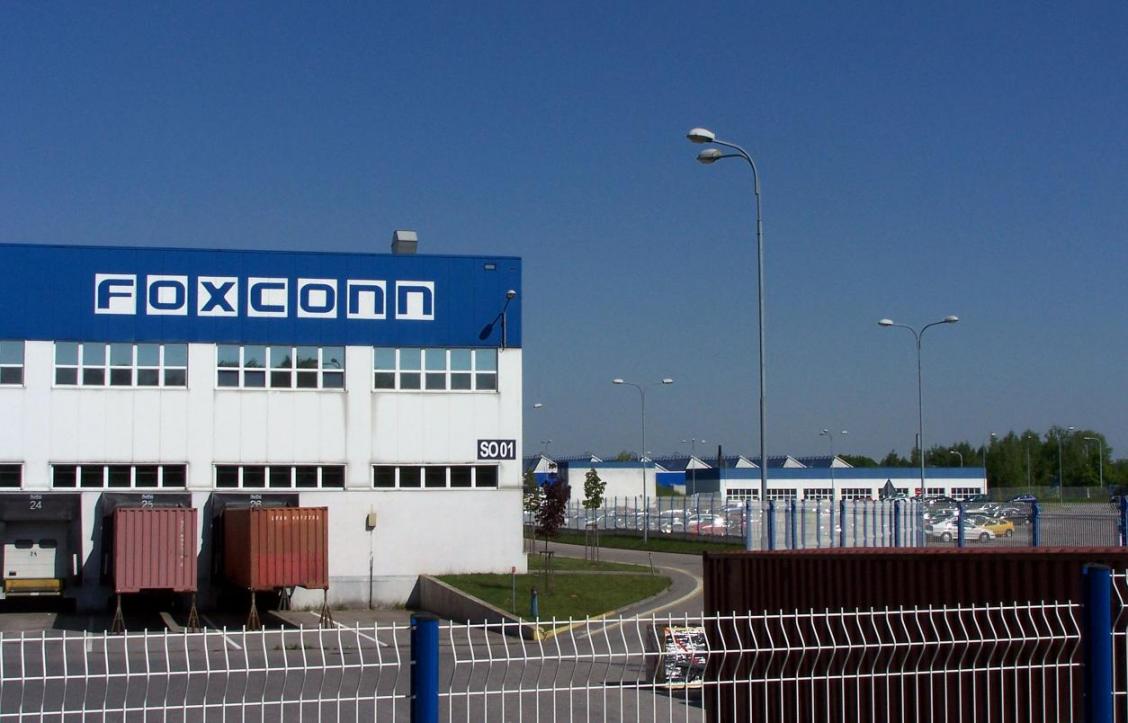With the call for ‘Make in India’ campaign by Prime Minister Narendra Modi, many industrial countries are now exploring the possibility of making India a manufacturing hub.
In the last few years, China’s manufacturing capacity has hit stagnation, owing to the growing labor cost and its discouraging policies towards foreign companies. And in the recent weeks, China’s economy has started to show signs of weakness that could probably be systemic in nature, NewsNow reported.
Countries like Japan and Taiwan that have traditionally set up manufacturing units in China have slowed down their investments into that country for the last three years. Most other East Asian giants are now looking for alternative destinations.
India happens to be one of the fastest growing markets, adding millions of consumers to the global market with each passing year.
Growing Appetite for Electronics
One of the modern trends of Indian middle class has been its growing appetite for consumer electronics. Gadgets like TV, PC, mobile phone, which were considered luxuries a few decades ago, are now considered basic necessities. India’s young and ambitious population is ready to spend twice the monthly salary to own an electronic gadget that has a lifetime of two years. Plus, the Indian businesses are buying more telecom equipment gear and enterprise electronics each year–already the communication equipment import exceeds $30 billion.
Currently, India is consuming $100 billion worth of electronics, about 5% of our GDP, and this is increasing at a compound annual growth rate of 37% to reach $400 billion in five years, soon to overtake oil as India’s biggest import.
Alarmingly, the bulk of this consumption is met by imports. The current domestic electronic production is increasing at a snail’s pace of 15%, further widening the yawning gap with domestic consumption.
A Challenge
India is creating one of the world’s largest workforces on the planet–adding 13 million each year, out of which 1.5 million are engineers. Thanks to the demographic dividend, India has the largest youth population in the world. While more than two-thirds of India’s population will be younger than 45 by 2035, nearly half of China’s population will be older than 45–mainly due to their one-child policy.
This is an opportunity as well a challenge for India.
Of late, many manufacturers in China bemoan that they are finding it tough to hire qualified labor at reasonable cost. With India’s wages roughly at two-thirds of China, it offers a competitive advantage.
How India reacts to this unique opportunity offered by changing dynamics in the manufacturing sector in Asia, will be known in the next three decades of its economic growth.
Corporate Tax
Modi’s government started off the ‘Make in India’ campaign in the right direction by creating a differential duty structure to mobile phones and tablets, encouraging manufacturing in India. Already 14 mobile manufacturers have evinced interest in making their phones in India.
Recently, Taiwan’s Foxconn, world’s largest electronic manufacturer, announced $5 billion investments. Learning from this, the central government should extend the same differential duty structure to all consumer electronics and telecom equipment. This will spur local manufacturing on an unprecedented scale, say economists.
An even better option is to extend tax holiday to electronics manufacturing akin to what India did to software services for nearly 20 years that created a $80 billion export industry.
While India already captures more than 50% of world’s software outsourcing market, it contributes to less than 1% to the global $2 trillion electronics industry. Also, it is time for some radical thinking to boost manufacturing across all domains. India could reduce the corporate tax for manufacturers from the current 30-40% to a flat 17% like in Taiwan. While this may look like a huge loss in receipts, it will actually increase the manufacturing base and employment base compensating for the loss many times over.
By being proactive, India could take this opportunity that is knocking on its door to take on the next wave of hi-tech manufacturing to boost its economy and provide massive scale of employment to its youth.


